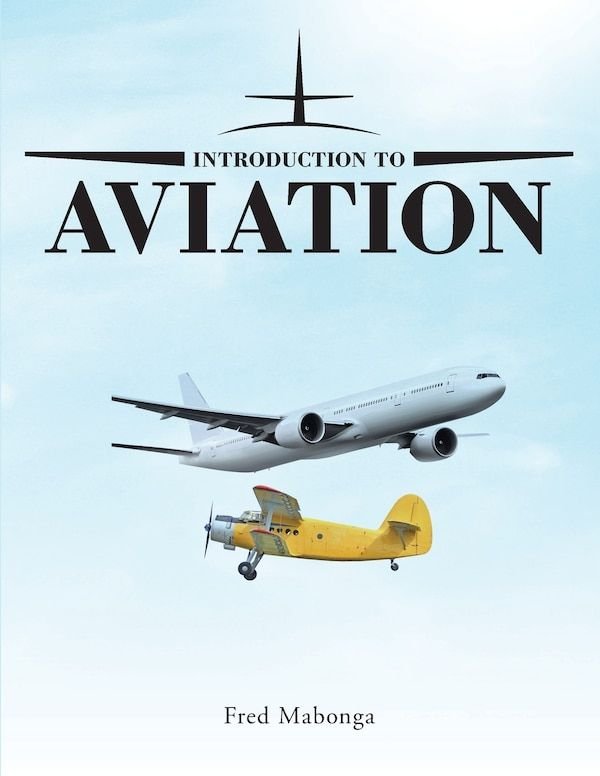
Edit Post
Electric and hybrid-electric propulsion systems will likely become mainstream, offering quieter, cleaner, and more fuel-efficient flight. These propulsion systems, coupled with lightweight composite materials and advanced aerodynamics, will enable the development of next-generation aircraft that are faster, more agile, and have longer ranges. Autonomous and semi-autonomous technologies will revol... View more
Electric and hybrid-electric propulsion systems will likely become mainstream, offering quieter, cleaner, and more fuel-efficient flight. These propulsion systems, coupled with lightweight composite materials and advanced aerodynamics, will enable the development of next-generation aircraft that are faster, more agile, and have longer ranges. Autonomous and semi-autonomous technologies will revolutionize air traffic management, enabling more precise navigation, optimized flight paths, and enhanced safety through collision avoidance systems. Unmanned aerial vehicles and urban air mobility platforms will integrate seamlessly into existing airspace, providing on-demand transportation solutions in urban areas. View less
- 0 0
- 0 0
-

-
Vishnu Divakar J.S
published solution: 1 year beforeThe future of aviation technology holds promises of increased efficiency, sustainability, and automation. Advancements such as electric and hybrid propulsion systems, supersonic and hypersonic flight, autonomous aircraft, advanced materials, and air traffic management systems will likely revolutionize air travel, making it safer, faster, and more environmentally friendly. Additionally, the integration of artificial intelligence, big data analytics, and blockchain technology could further optimize operations and enhance the passenger experience.
0 1 0 0 1 0 -
RAHUL BABU
published solution: 1 year beforeThe future of aviation technology is poised for transformative advancements in automation, AI, and sustainable propulsion. Innovations like urban air mobility, predictive maintenance, and biometric security will enhance efficiency, safety, and passenger experience. Embracing emerging technologies while prioritizing sustainability will shape a future where air travel is more convenient, eco-friendly, and seamlessly integrated with other modes of transportation, revolutionizing global connectivity and economic growth
0 1 0 0 1 0 -
Ajith L Rajan
published solution: 1 year beforeBy the year 2030, the future of aviation technology is poised to see significant advancements driven by innovation, sustainability, and digitalization. Electric and hybrid-electric aircraft are likely to become more common, offering quieter, cleaner, and more fuel-efficient alternatives to traditional jet engines. Additionally, advancements in materials science and aerodynamics will lead to the development of lighter and more aerodynamic aircraft designs, further improving fuel efficiency and reducing emissions. Moreover, autonomous technologies and artificial intelligence will play a greater role in flight operations, leading to safer and more efficient air travel. Furthermore, advancements in supersonic and hypersonic flight technology could revolutionize long-distance travel, reducing travel times and opening up new possibilities for global connectivity. However, as aviation technology evolves, challenges such as infrastructure constraints, airspace congestion, and environmental impact will need to be addressed through collaborative efforts between industry stakeholders, regulators, and policymakers. Investments in research and development, sustainable fuels, and infrastructure modernization will be crucial in shaping a future where aviation technology continues to drive progress while minimizing its environmental footprint by 2030.
0 1 0 0 1 0 -
Ajith L Rajan
published solution: 1 year beforeBy the year 2030, the future of aviation technology is poised to see significant advancements driven by innovation, sustainability, and digitalization. Electric and hybrid-electric aircraft are likely to become more common, offering quieter, cleaner, and more fuel-efficient alternatives to traditional jet engines. Additionally, advancements in materials science and aerodynamics will lead to the development of lighter and more aerodynamic aircraft designs, further improving fuel efficiency and reducing emissions. Moreover, autonomous technologies and artificial intelligence will play a greater role in flight operations, leading to safer and more efficient air travel. Furthermore, advancements in supersonic and hypersonic flight technology could revolutionize long-distance travel, reducing travel times and opening up new possibilities for global connectivity. However, as aviation technology evolves, challenges such as infrastructure constraints, airspace congestion, and environmental impact will need to be addressed through collaborative efforts between industry stakeholders, regulators, and policymakers. Investments in research and development, sustainable fuels, and infrastructure modernization will be crucial in shaping a future where aviation technology continues to drive progress while minimizing its environmental footprint by 2030.
0 1 0 0 1 0 -
Ajith L Rajan
published solution: 1 year beforeBy the year 2030, the future of aviation technology is poised to see significant advancements driven by innovation, sustainability, and digitalization. Electric and hybrid-electric aircraft are likely to become more common, offering quieter, cleaner, and more fuel-efficient alternatives to traditional jet engines. Additionally, advancements in materials science and aerodynamics will lead to the development of lighter and more aerodynamic aircraft designs, further improving fuel efficiency and reducing emissions. Moreover, autonomous technologies and artificial intelligence will play a greater role in flight operations, leading to safer and more efficient air travel. Furthermore, advancements in supersonic and hypersonic flight technology could revolutionize long-distance travel, reducing travel times and opening up new possibilities for global connectivity. However, as aviation technology evolves, challenges such as infrastructure constraints, airspace congestion, and environmental impact will need to be addressed through collaborative efforts between industry stakeholders, regulators, and policymakers. Investments in research and development, sustainable fuels, and infrastructure modernization will be crucial in shaping a future where aviation technology continues to drive progress while minimizing its environmental footprint by 2030.
0 1 0 0 1 0


